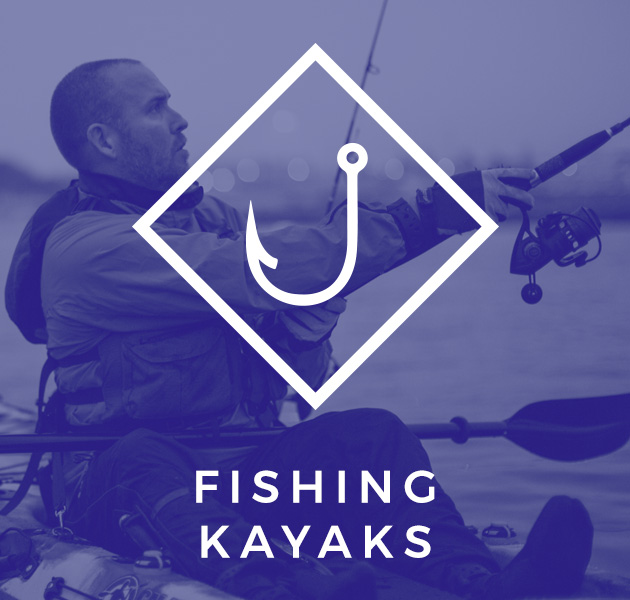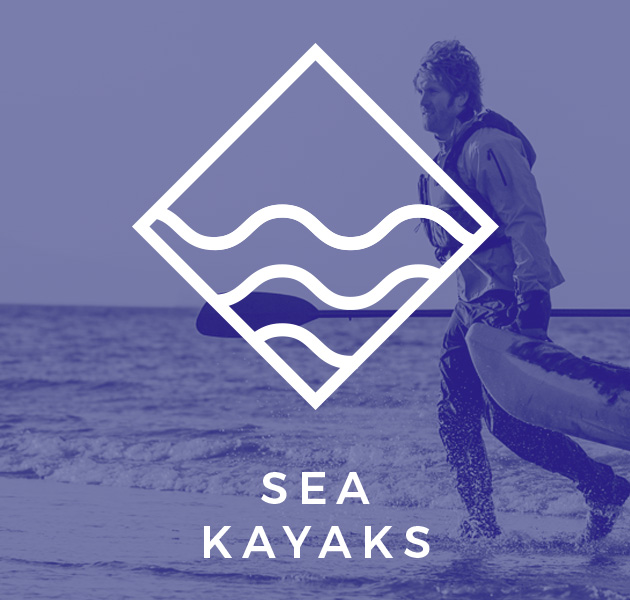Winter or sea tempests that prevent us from going to practice our preferred fishing method are the ideal moments to make our kayak more important.
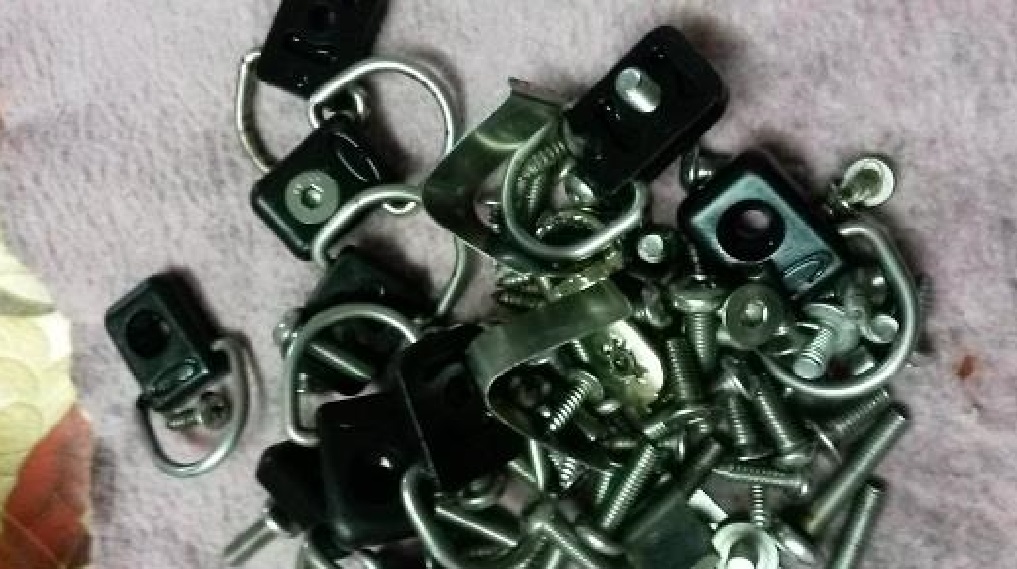
1. HULL INSPECTION.
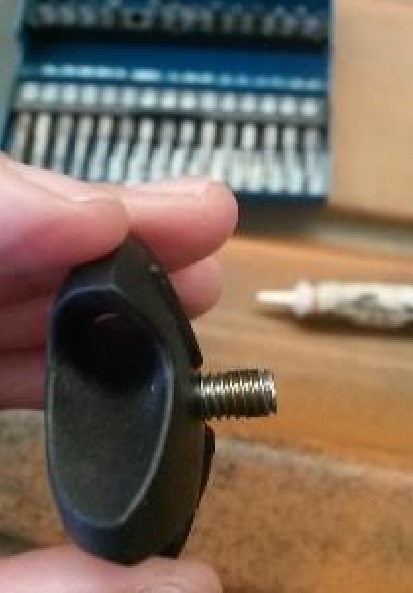 The fact of going out periodically, gives us the peace of mind that the kayak is in perfect condition, but this is not completely true. The friction on the shore, the straps and the roof of the car, even the salt water itself, gradually hurts our kayak.
The fact of going out periodically, gives us the peace of mind that the kayak is in perfect condition, but this is not completely true. The friction on the shore, the straps and the roof of the car, even the salt water itself, gradually hurts our kayak.
It is essential that the hull is in perfect condition for our own safety, and it is time to look at these things.
Suspicions of waterways.
It is very common for our kayaks to reach the shore with small amounts of water. Small kayaks are usually quite watertight, but larger kayaks, with a variety of accessories, and especially with a rudder, are not easy to get. Also the diverse adaptations that we create ourselves, can influence in water ways. Finding these waterways are relatively easy. It will be enough to place the kayak on a suport, trailer, cradle or any device that allows us to see the kayak on all sides and proceed to fill it with water. It is very important that the support does not have anything that can damage the kayak, because when filled with water the weight of the kayak will be very higher and we could damage it. On occasion, in the case of micro pores, you can see the gout but not its origin. One way to locate it would be to put some "blue" dye in the water to see its origin. In the event that the leaks are due to the accessories, rods, tambuchos or installations made by us, we will proceed to renew the damaged joints or seal them with some type of polymer resin or silicone. For micro pores or cuts on the helmet, there is a lot of information on the web how to proceed, but the best option would be to resort to a professional.
2. Component Review
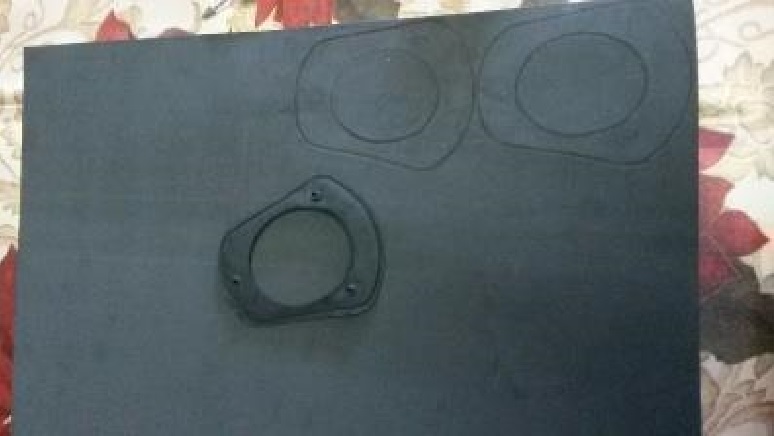 The review of the components of the kayak is also very important:
The review of the components of the kayak is also very important:
- Rubber seals of the scoopers or others (important).
- We will replace the sealing gums. In case of being EVA foam, we can manufacture it, using the old one as a template.
- If we choose silicone, it will be of the polymer or polyurethane type.
- Cables, lifeline, handles, seat, plastics ...
If materials such as nylon, neoprene or silicone, cables, handles, seat, etc., show signs of being dry and have lost their elasticity or are brittle, it is advisable to replace them with new ones in order to avoid breakage when they need us .
- Signs of oxidation in the fasteners, rudder, pedal tensioners, rings ....
We will remove all the screws and put it in a jar with vinegar for 24/48 hours, to eliminate the oxidation. After that time, if the screws are made of stainless steel, we will obtain good results and if not, it will be replaced by another one with the same characteristics but that is stainless steel.
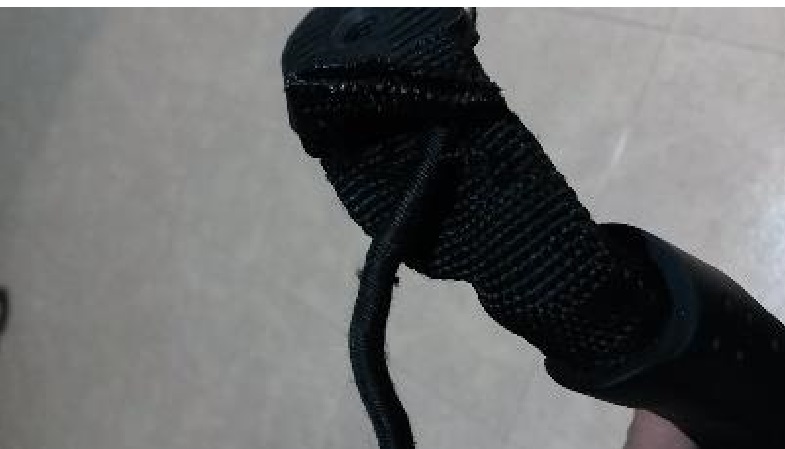 - We will clean the kayak by removing all the dirt.
- We will clean the kayak by removing all the dirt.
- We will also apply vinegar in the bushes where the screws and the helm shafts are placed, letting it act 24/48 hours.
- Once we have the material in good condition and the defective material replaced, we proceed to the assembly of the components of the kayak.
- I recommend to put a drop in the screws of fixed motorcycle screws, to avoid that they are loosened by the vibrations of the transport and the surge.
3. INVERNESS:
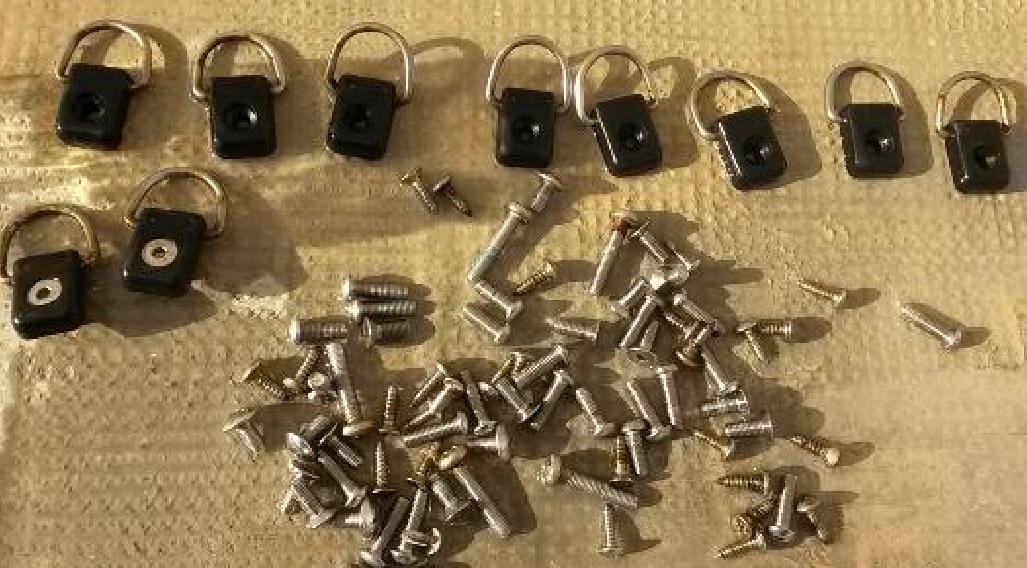 Given the evidence of leaving the kayak unused for an extended period of time, it is advisable to take several steps.
Given the evidence of leaving the kayak unused for an extended period of time, it is advisable to take several steps.
- Clean and dry the kayak accordingly.
- Do not leave the washers completely closed, to allow ventilation.
- Use some type of silicone spray to create a protective film.
- In case of installed electronics, also use some electronic spray on the terminals and to avoid their oxidation.
- Keep the kayak in a well ventilated area that does not reach a lot of temperature.
- Avoid sunbathing directly to avoid discoloration and dryness.
Very important. If you use to leave reeds and reels inside your kayak, think that condensation is created inside the kayak, and this can cause them to oxidize to an extreme level.
4. KAYAK WASHING:
If we want that the Kayak is always in the best conditions, it is very important after each day:
- Clean with fresh water. Better if we apply neutral soap.
- Remove any salt, dirt and sand that may obstruct the helm axles or pedal rails.
- It is very important to empty the remaining stagnant water inside the kayak.
- Allow the kayak to dry with the open tappets, to avoid condensation of water and moisture.
- Dry the fasteners and metals.



